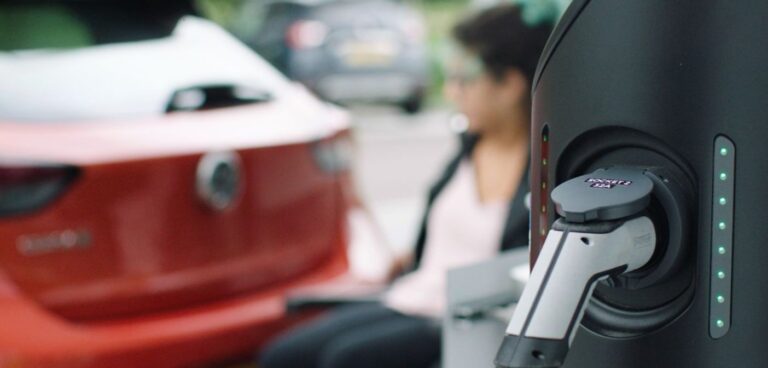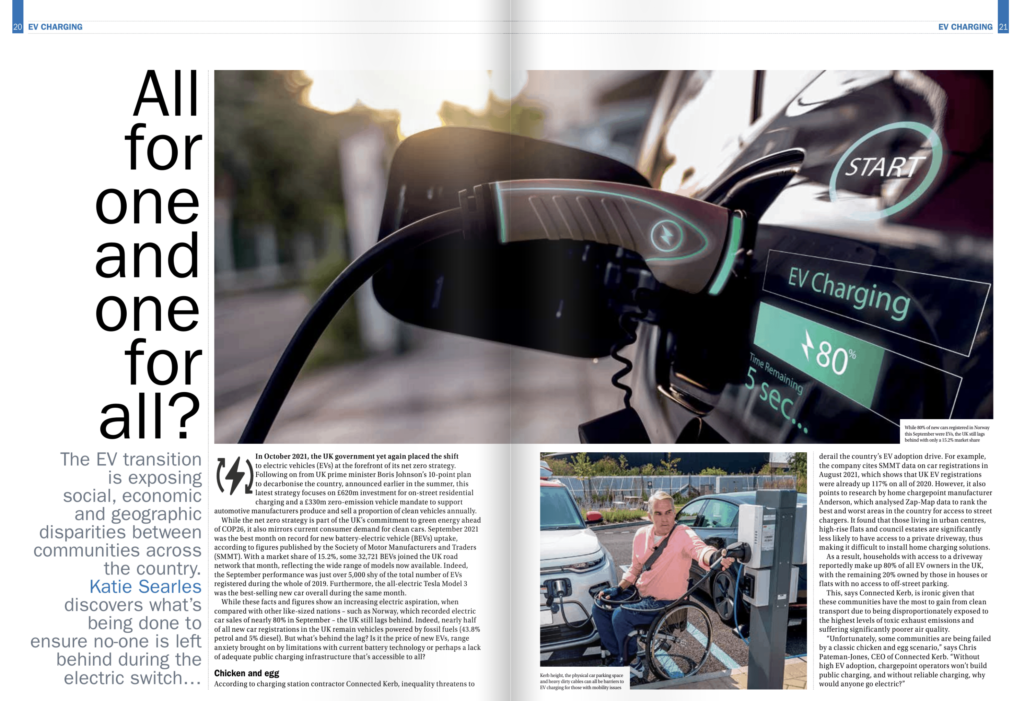The AA’s president, Edmund King, has acknowledged the efforts of disability charities Motability and Designability together with the British Standards Institution to create a national standard for EV charging infrastructure.
Speaking ahead of the EV Infrastructure Summit, King said: “The AA has been raising the issue of accessibility and security at charging posts, but we are absolutely delighted that Motability has taken this several steps forward and are close to an approved standard.
“In simple terms, charging posts need to be well-lit, close to amenities, with space around the vehicle to allow people to use walking or mobility aids. It is also essential that the instructions, screen, and cables can be easily viewed and used from a sitting and standing position.
“Our experience on the EV Rally of Scotland brought it home to us that some people with limited mobility would struggle with the height and weight of cables particularly in enclosed areas with little space.
“Creating new charging posts that are easily accessible will not only benefit disabled drivers but will be a great help to our ageing population and indeed all drivers.”
King’s comments follow an AA-Yonder survey of 17,302 motorists which found that EV charging posts needed to be more accessible for the one in five people with disabilities.
The survey also highlighted that:
- 73% believed charge post spaces should be wheelchair friendly
- 79% noted that charge post design should consider users with limited mobility and/or physical disabilities
- 80% felt there should be access to a 24/7 call helpline
Catherine Marris, head of innovation at Motability, said: “There is a robust commercial and social case for ensuring that the transition to EVs is inclusive for disabled people. Our research with Ricardo estimates there will be 2.7 million UK drivers or passengers with a disability by 2035, with half reliant on public charging.
“It is therefore hugely important that disabled people are not left behind in the transition and that infrastructure providers avoid expensive retrofitting by building accessibility into charge point design at the start; following best practice and design standards will help.”






